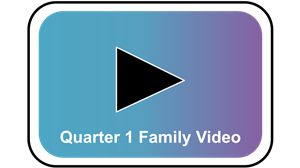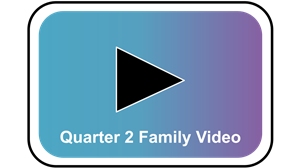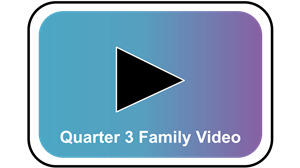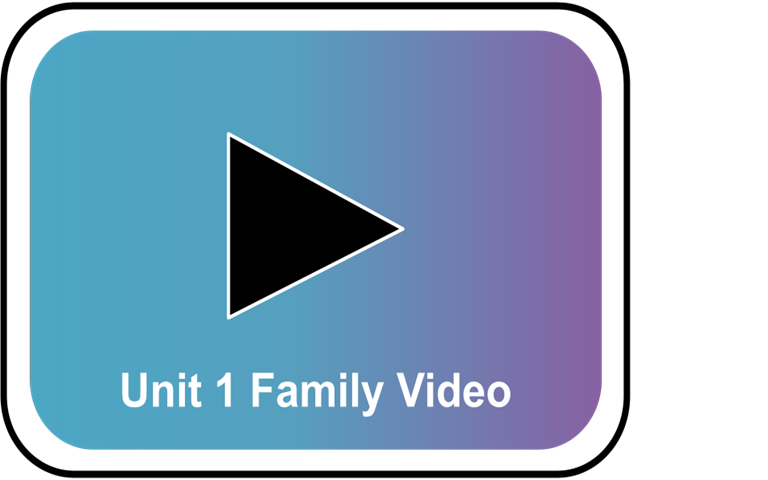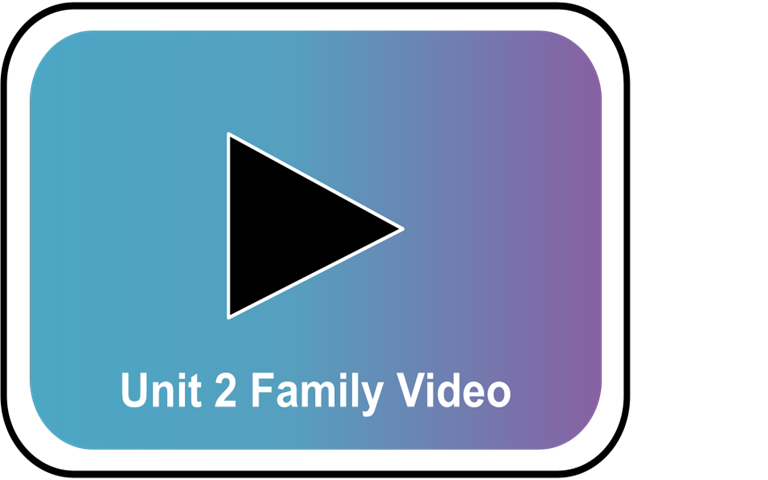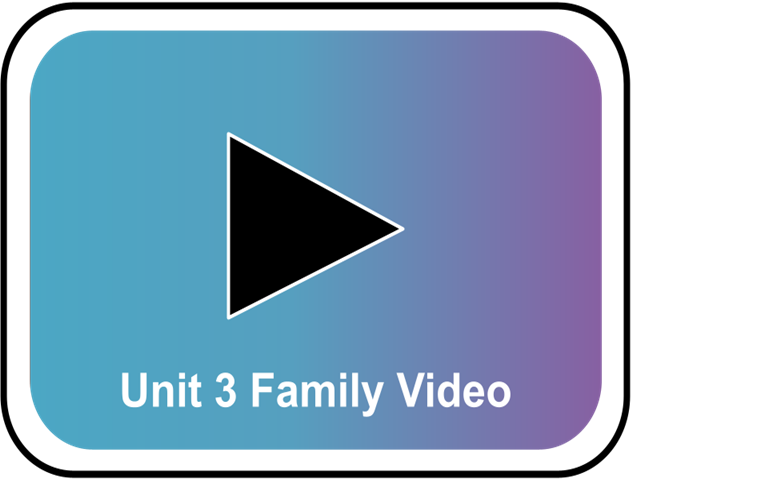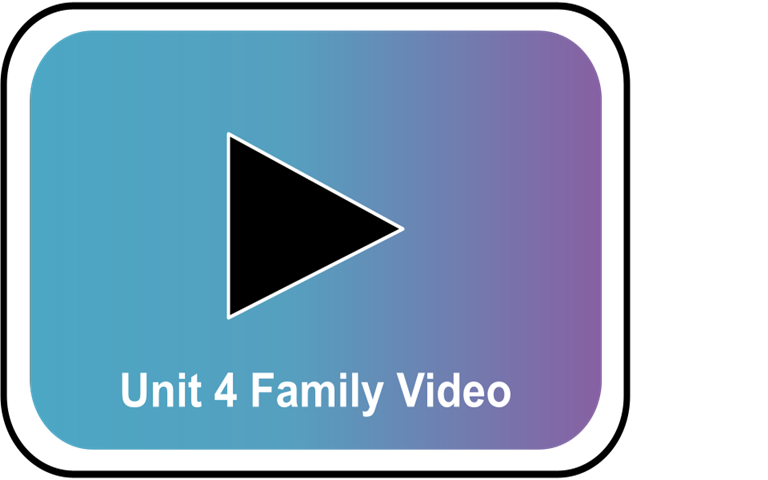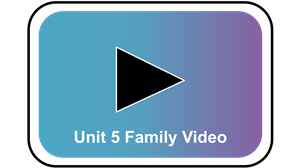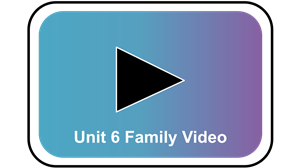Welcome to Third Grade!
-
Purpose of the Guide
 Students in Charlotte-Mecklenburg Schools follow the state of North Carolina’s expectations for what every student will know and be able to do by the end of their current grade level. This guide is designed to help you support your child by understanding those expectations, provide everyday activities to reinforce their learning at home and partner with their teachers throughout the school year.
Students in Charlotte-Mecklenburg Schools follow the state of North Carolina’s expectations for what every student will know and be able to do by the end of their current grade level. This guide is designed to help you support your child by understanding those expectations, provide everyday activities to reinforce their learning at home and partner with their teachers throughout the school year.
This guide includes… Key Skills for Reading and Math
Key Skills for Reading and Math-
- Understand the most important things your child should know and be able to do by the end of the school year.
 Questions to Ask Your Child
Questions to Ask Your Child-
- Engage in conversations with your child using these suggested reading and math questions.
 Topics to Discuss with the Teacher
Topics to Discuss with the Teacher-
- Find sample questions and topics you might want to talk about with the teacher related to reading and math skills.
 Learning Activities
Learning Activities-
- Explore some easy ways you can support your child’s learning important reading and math concepts and skills.
 Words to Know
Words to Know-
- Learn some important words and acronyms used at school to “speak the same language”.
 Helpful Resources to Practice Skills at Home
Helpful Resources to Practice Skills at Home-
- Click the link to access a collection of reading and math resources aligned to your child’s grade level.
-
Resource Guides
-
Quarter 4
Module 4 Family Video
- Use information gained from illustrations and the words in a text to demonstrate understanding of the text.
-
Quarter 1
- Creating and Interpreting Scaled Picture Graphs and Scaled Bar Graphs
- Pictographs for Kids Video (from a scale of 1 to a scale of 5)
- Scaled Bar Graphs Video (Scales of 2, 5, and 10)
- Multiply and divide whole numbers using multiples of 1,2,3,4,5,6,7,8,9,.
- Solve one-step, real-world multiplication story problems.
- Creating and Interpreting Scaled Picture Graphs and Scaled Bar Graphs
-
Quarter 2
- Use addition and subtraction to solve problems.
- Use addition, subtraction, multiplication, and division to solve problems.
- Solve one-step, real-world multiplication and division story problems.
-
Quarter 3
- Fractions as Numbers
- Length Models - Fraction Match Up Printable Activity
- Find equivalent fractions.
- Compare fractions.
- Measurement - Find elapsed time. Solve problems involving customary measurements.
- Finding Elapsed Time Online Activity and Printable Activity
- School’s Out! [Elapsed Time] Game
- Elapsed Time Word Problem Practice
- Customary Measure Up Game
-
Quarter 4
- Geometry and Perimeter
- Geo-Matchup Game (Geometry)
- Cut a Rug Game (Perimeter)
- Geometry and Perimeter



